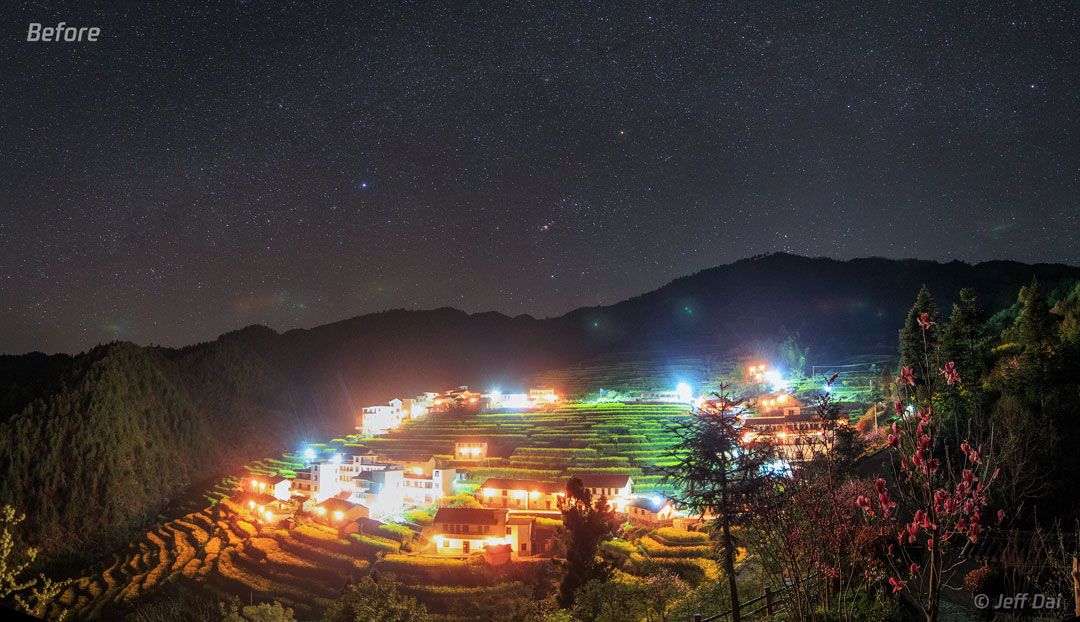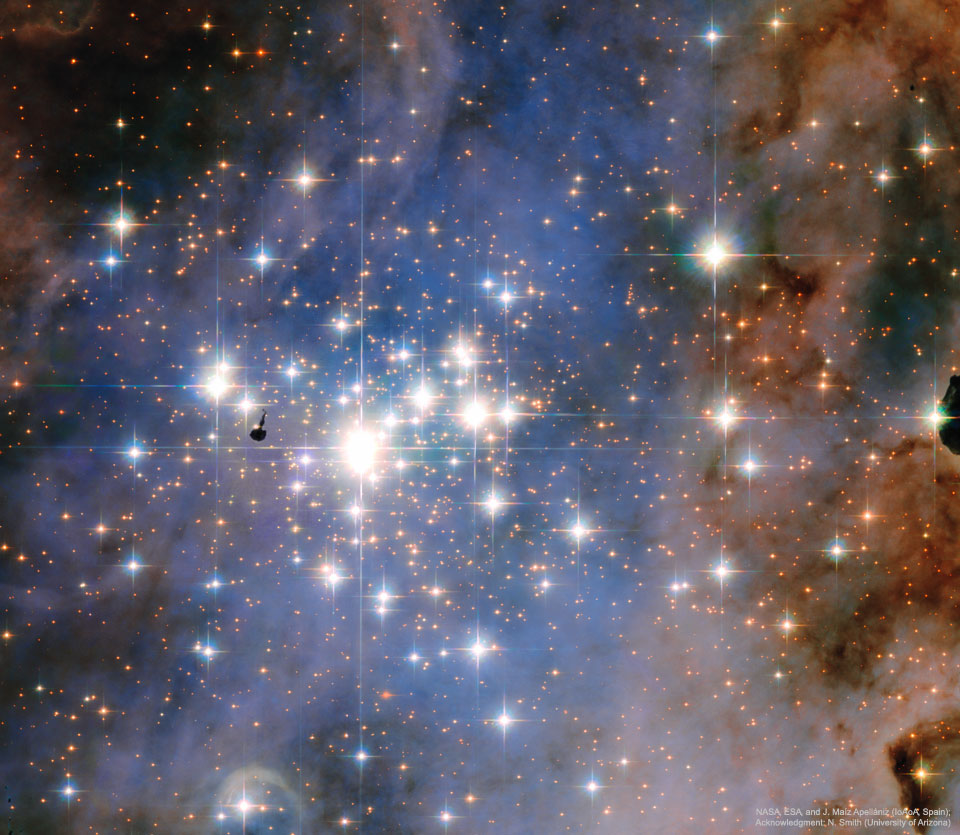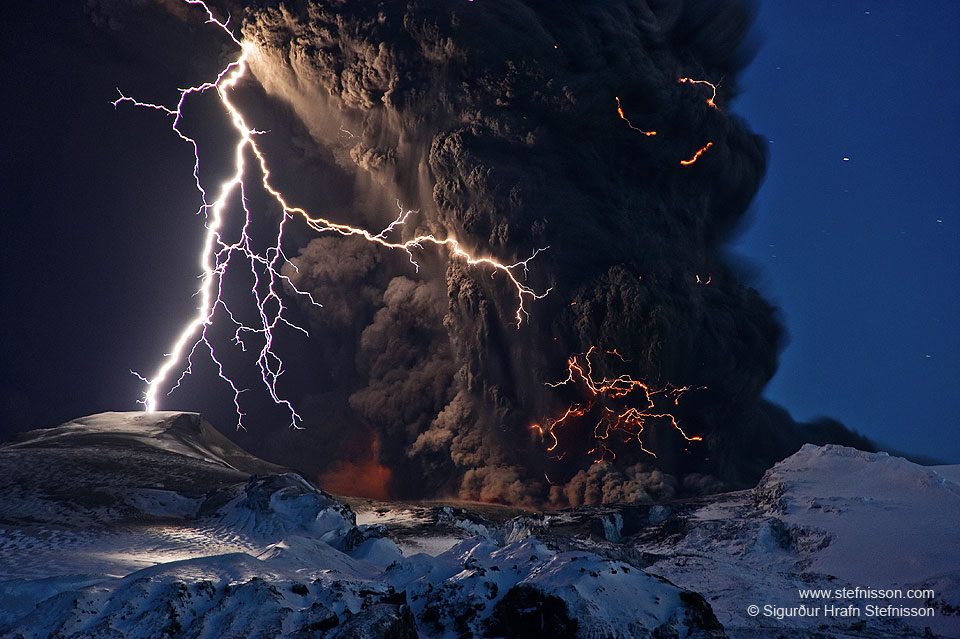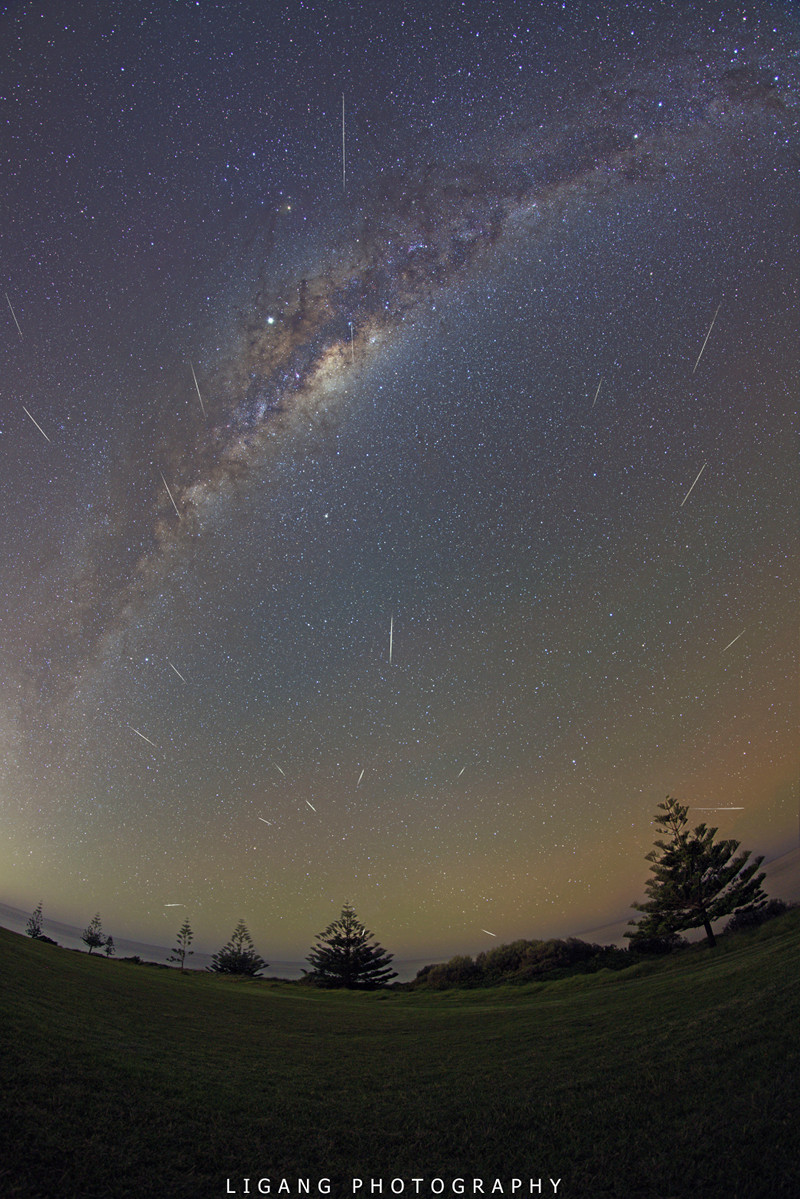
Image Credit: NASA, Johns Hopkins University APL, Southwest Research Institute, Roman Tkachenko
Explanation: Primordial contact binary 2014 MU69, also known as Ultima Thule, really is very red. In fact, it's the reddest outer solar system object ever visited by a spacecraft from Earth. Its reddish hue is believed to be due to organic materials on its surface. Ruddy color and tantalizing surface details seen in this composite image are based on data from the New Horizons spacecraft recorded during the January 1 flyby of the farthest world yet explored. Embedded in the smaller lobe Thule (top), the 8 kilometer wide feature nick named Maryland crater is the largest depression known on the surface of Ultima Thule. Transmission of data collected from the flyby continues, and will go on until the late summer 2020 as New Horizons speeds deeper into the dim and distant Kuiper Belt.









